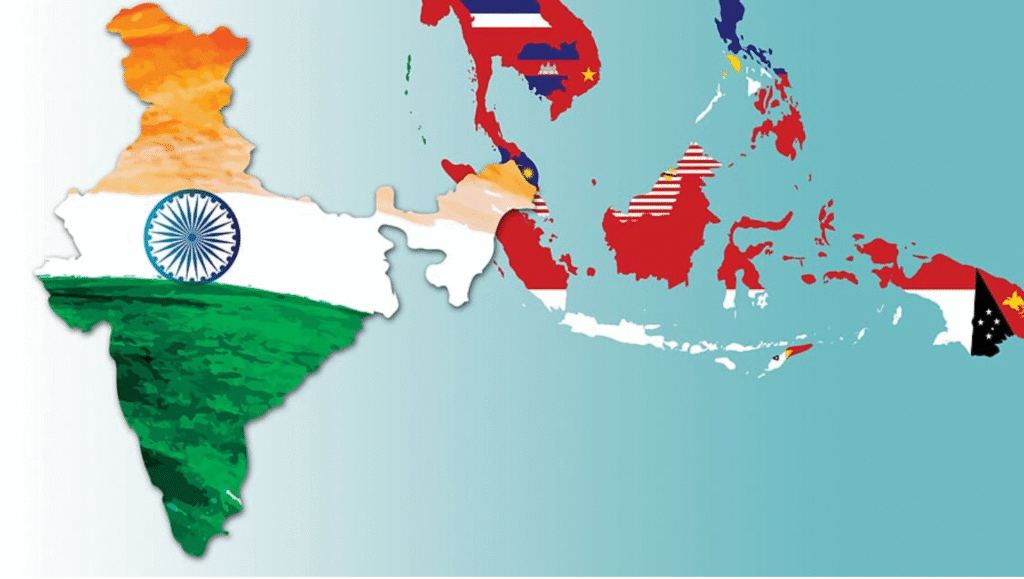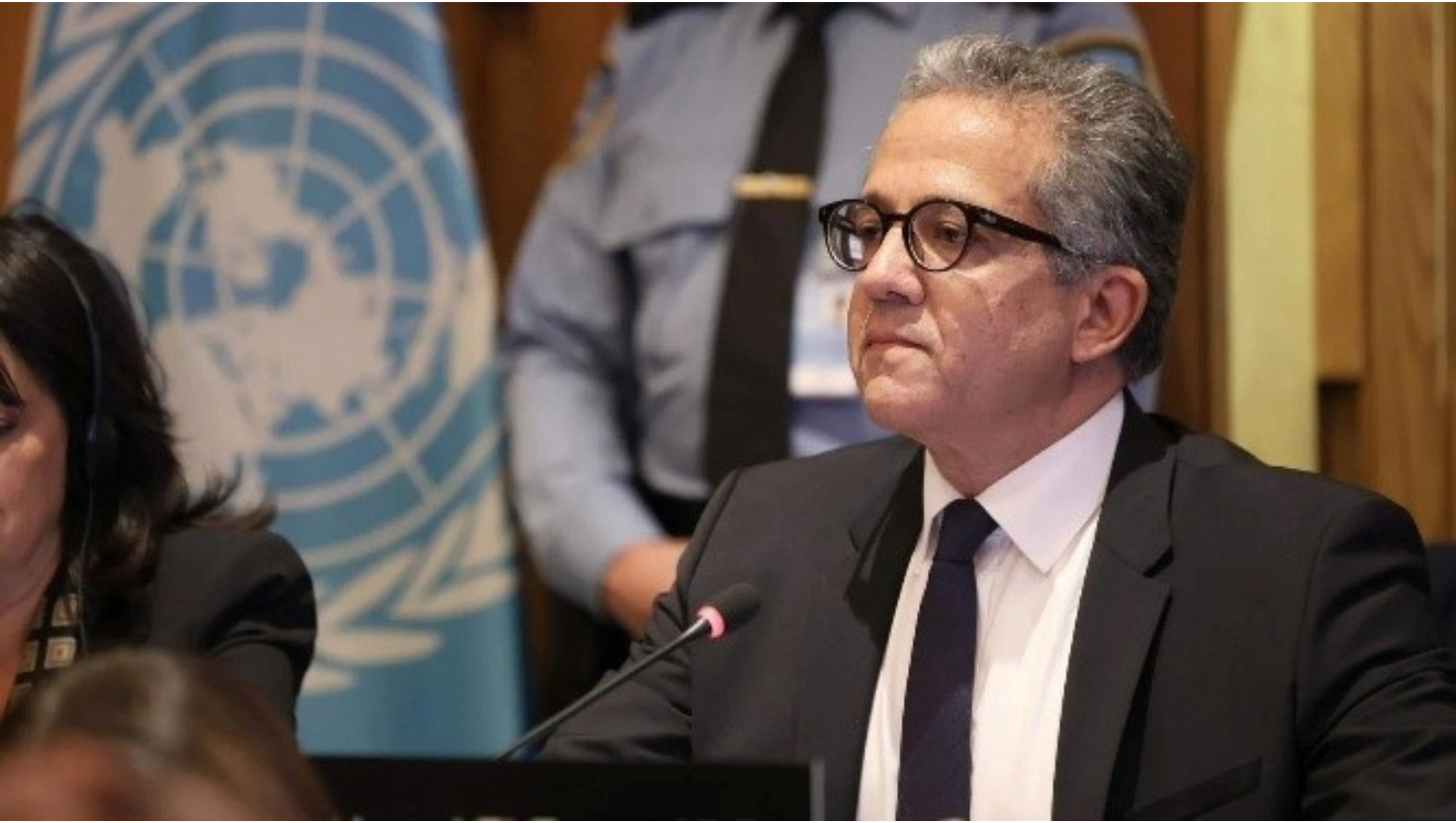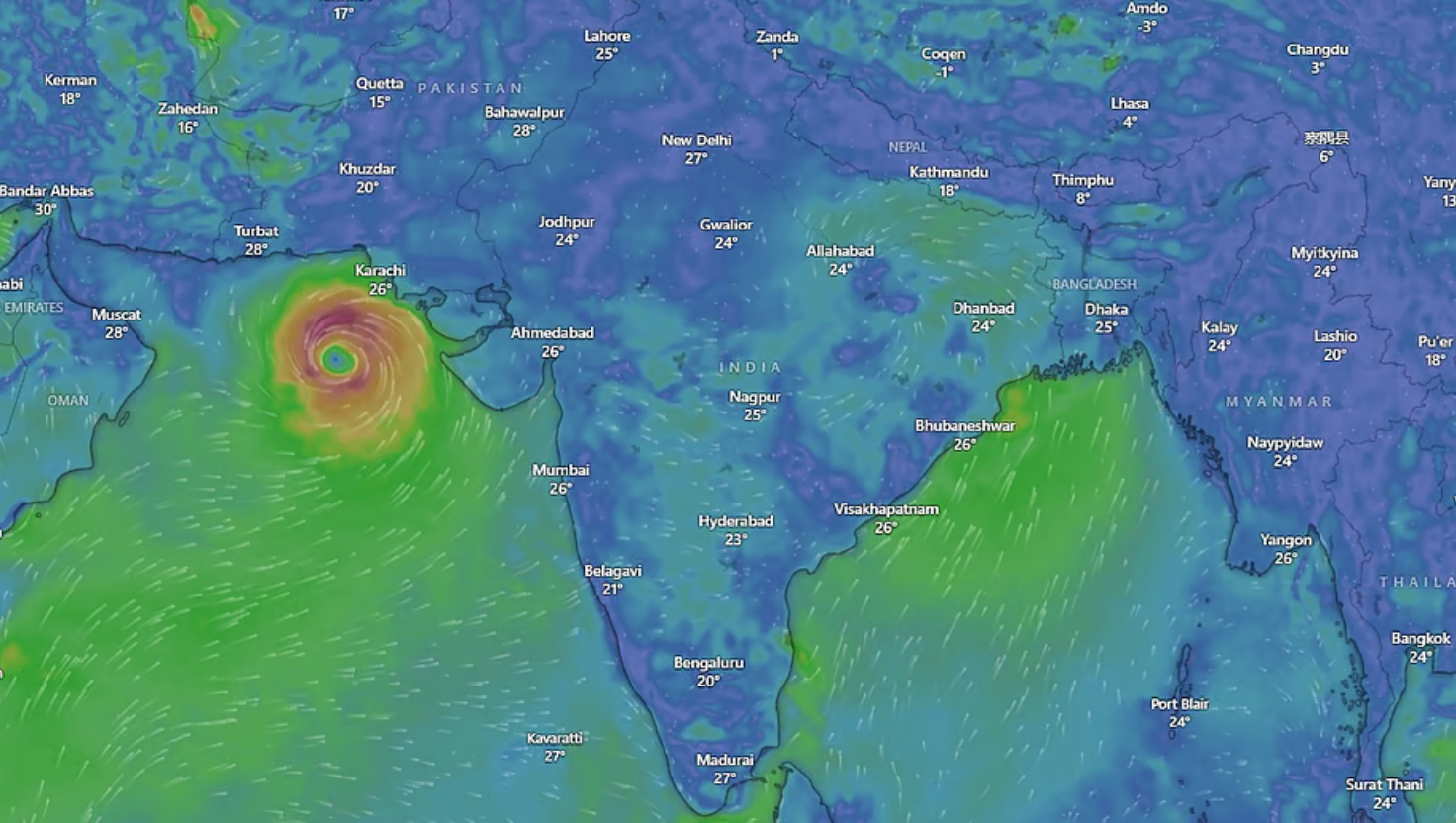What is India’s Act East Policy?
About:
- Announced in November 2014, the Act East Policy is an upgraded version of India’s earlier Look East Policy.
- It is a diplomatic and strategic initiative to promote economic, cultural, and security relations with the Asia-Pacific region, particularly Southeast Asia.
- The policy involves continuous engagement at bilateral, regional, and multilateral levels in the areas of connectivity, trade, culture, defence, and people-to-people contacts.
Aim of the Policy
- Promote economic cooperation and cultural ties with countries in the Indo-Pacific region.
- Develop strategic partnerships to balance regional power dynamics, especially considering the rise of China.
- Enhance economic development of Northeast India (NER), which serves as a gateway to Southeast Asia.
Key Strategic Focus
- China:
- India views China’s rise as a principal strategic challenge.
- Act East seeks to forge relations with neighboring countries and key regional powers to maintain balance.
- ASEAN Countries (Thailand, Cambodia, Myanmar, Laos, Vietnam, Philippines, Brunei, Singapore, Malaysia, Indonesia):
- Boosting trade, exports, and regional cooperation is a core objective.
- Japan:
- Shares India’s concerns over China’s regional expansion and is a key strategic partner.
- Australia:
- India has strengthened engagement to build a robust defence partnership in response to China’s influence.
- South Korea:
- India aims to deepen trade, investment, and security ties with this regional economic power.
- Northeast India:
- New Delhi envisions the NER as a trading hub connecting to Southeast Asia via Myanmar, supporting regional economic integration.
India Acts East
- Through the Act East Policy, India seeks to deepen political, economic, and security relationships across Southeast Asia and the wider Indo-Pacific.
- Balancing against China’s rise is a major driver of the policy, while simultaneously enhancing trade, connectivity, and regional cooperation with key partners.











